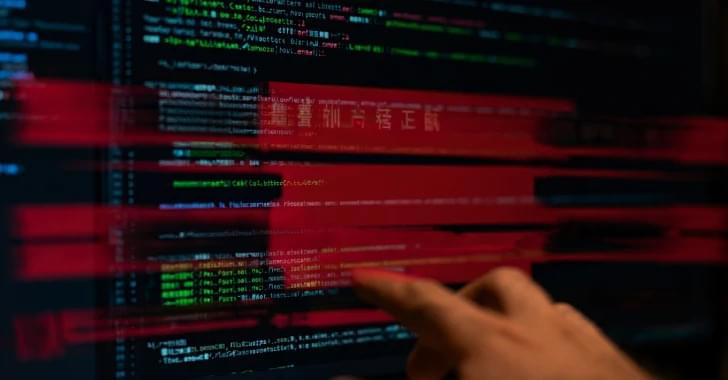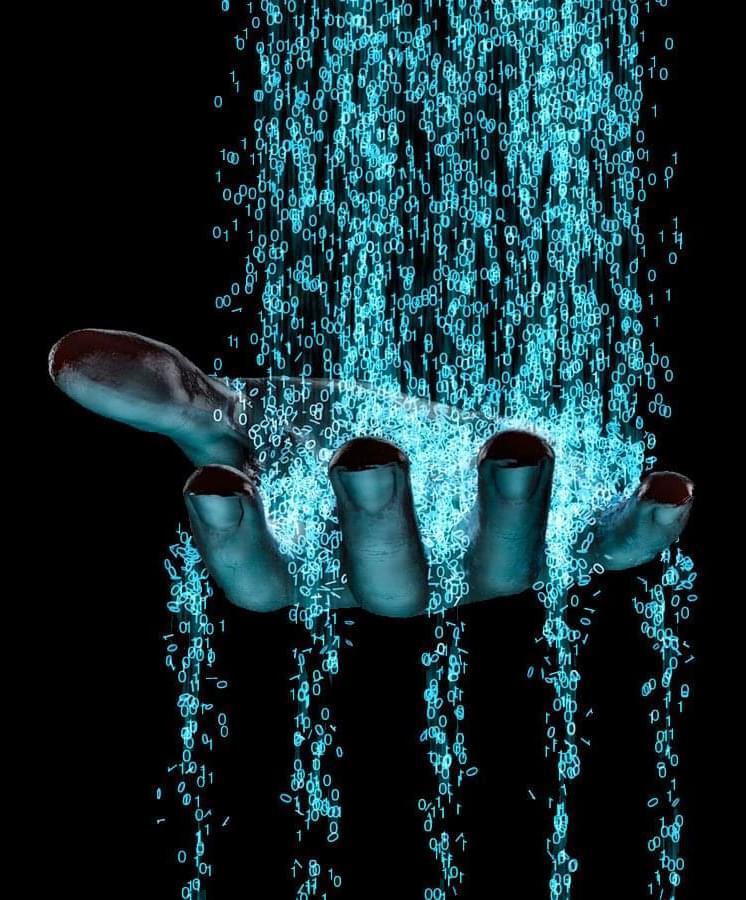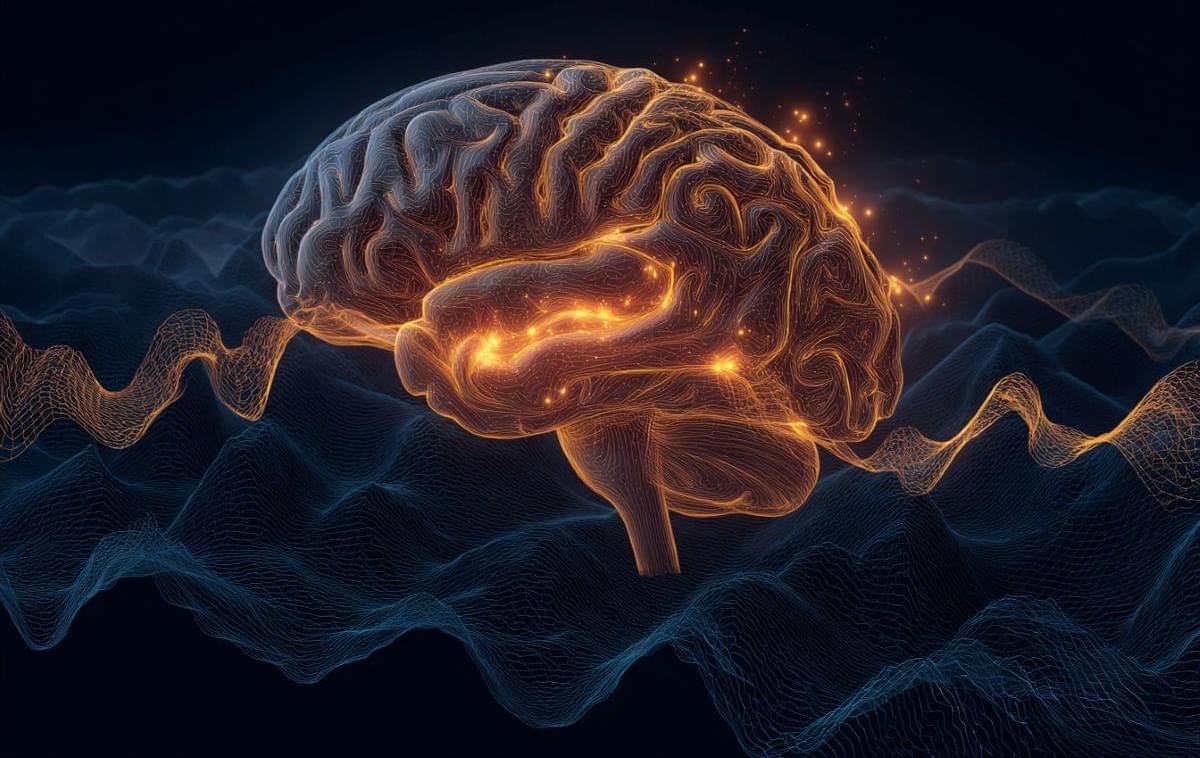Physicists have just made a new breakthrough in the enigmatic realm of time crystals.
For the first time, a time crystal has been built that can be directly seen by human eyes, rippling in an array of neon-hued stripes. The material’s construction could open up a whole new world of technological possibilities, including new anti-counterfeiting measures, random number generators, two-dimensional barcodes, and optical devices.
“They can be observed directly under a microscope and even, under special conditions, by the naked eye,” says physicist Hanqing Zhao of the University of Colorado Boulder.








